Black tiger shrimp, mud crabs farmed in Northern Vietnamese province
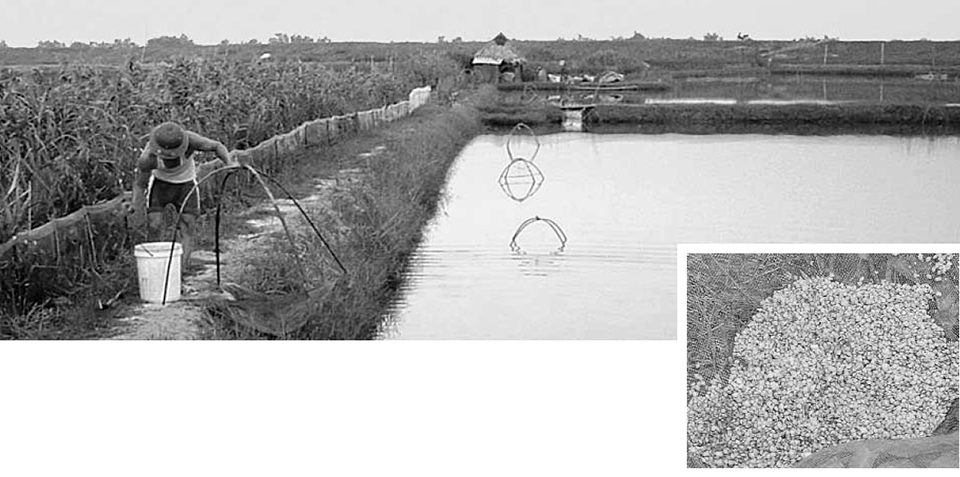
Haiphong province is one of the main shrimp culture areas in northern Vietnam. Its climate is influenced by two monsoon regimes. The April-September southwest monsoon is wet, hot, and suitable for shrimp culture, while the October-March northeast monsoon is dry and cold. Different shrimp-farming systems are used along the coast of Vietnam, depending on socioeconomic and climatic conditions, seed availability, and the methods employed to minimize operating risk.
Species and farming systems
The main species cultured in Haiphong is the black tiger shrimp (Penaeus monodon). The shrimp are either integrated or cultured alternatively with mud crabs (Scylla serrata); greasyback shrimp (Metapenaeus ensis); and the seaweeds Gracilaria verrucosa and G. blodgettii. Tiger shrimp are cultured April-September, when about 15 percent of the farms practice integrated shrimp-seaweed culture and the rest shrimp monoculture.
Additional crops of shrimp or mud crabs are cultured during other months, while seaweed production is integrated with shrimp or mud crabs all year. Thus, four main farming systems can be found in Haiphong: single-crop shrimp farming, double-crop shrimp farming, shrimp-crab rotation farming, and integrated shrimp-seaweed-crab farming.
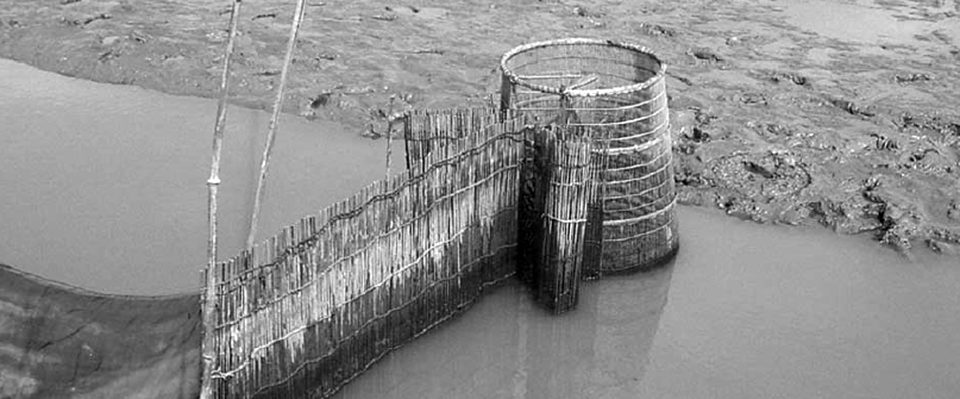
Single-crop shrimp farming
In single-crop shrimp farming, tiger shrimp are cultured for only one crop per year without integration or rotation with other species. The culture period is April-September, after which ponds are kept empty until the next culture season the following year. Most farms have only one 0.1- to 2.0-ha pond, and production ranges 100 to 800 kg per hectare per crop.
Double-crop shrimp system
In double-crop shrimp systems, there are two shrimp production periods. A main crop of tiger shrimp is raised April-August. An additional crop is cultured September-November. For the second crop, shrimp are often nursed in a nursery pond or small partition
inside the grow-out pond for a month before release into the grow-out pond. During the second crop, about 60 percent of the production is greasyback shrimp, and the rest is tiger shrimp.
Double-crop farmers usually own one to four ponds of 0.1 to 1.5 ha. Production in these ponds is 50 to 600 kg per hectare for the first crop and 80 to 250 kilogram per hectare for the second crop.
Shrimp-crab rotation farming
In shrimp-crab rotation farming, mud crabs are cultured in rotation with tiger shrimp. Shrimp are cultured April-August, while mud crabs are produced September-February. Most farmers own only one 0.1- to 1.5-ha pond.
Production in these systems ranges from a total crop failure to 850 kg of shrimp per hectare, and 200 to 1,000 kg of crab per hectare.
Shrimp-seaweed-crab systems
Integrated shrimp-seaweed-crab systems are similar to shrimp-crab rotation farming systems, except seaweed culture is integrated with both shrimp and crabs. Tiger shrimp are cultured April-September, with crabs produced September-March. Seaweed is grown year-round in the same ponds.
Farmers own one to five ponds of 0.5 to 1.8 ha each. Production of shrimp and crab ranges 150 to 600 kilogram per hectare and 350 to 800 kilogram per hectare, respectively, while seaweed production ranges 3,000 to 4,000 kilogram per hectare in shrimp ponds and 4,000 to 12,000 kilogram per hectare in crab ponds.
Culture practices
Shrimp culture
Liming with quick lime and powdered lime is a common treatment in shrimp ponds. To prepare the ponds between crops, bottom soils are tilled, sometimes in combination with drying or removal of sludge. Ponds are also fertilized with chemical fertilizers like urea and super phosphate or animal manure to stimulate production of natural food. However, during the second crop of the northeast monsoon season, no chemical fertilizer is used and fewer farmers use animal manure to fertilize their ponds.
Farmers exchange water by using both pumping and the tidal cycle. The frequency of water exchange is five to 15 days. Pond water depth commonly fluctuates 50 to 160 cm. Teaseed cake meal and chlorine are widely used to control fish predation and treat pond water. Shrimp stocking densities vary 3 to 12 animals per square meter. Formulated feed is commonly used, and some farmers also use small mollusks as fresh feed for shrimp, although this does introduce a risk of disease transmission.
Crab culture
For crab culture, crabproof fences are constructed around pond dikes to confine the crabs inside ponds. All crab seed is collected from the wild. Stocking sizes range 10 to 1,000 animals per kilogram, while stocking densities range 0.15 to 1.5 crabs per square meter, depending on the size of the crabs. Harvesting starts when the crabs reach 3 to 4 animals kilogram per hectare. The culture period depends on the size of the wild seed when collected.
In crab culture, no chemicals are used and fertilization is not common. To reduce cannibalism, farmers stock similar-sized animals or practice partial stocking to increase pond carrying capacity. During the culture period, 10 to 30 percent of pond water is exchanged daily during high tide periods every five to 15 days.
Formulated feed is not commonly used for crab culture. Crabs are fed various types of fresh feed, such as trash fish and mollusks, once a day in the late afternoon from feeding trays. Partial harvesting is carried out by selecting market-size crabs.
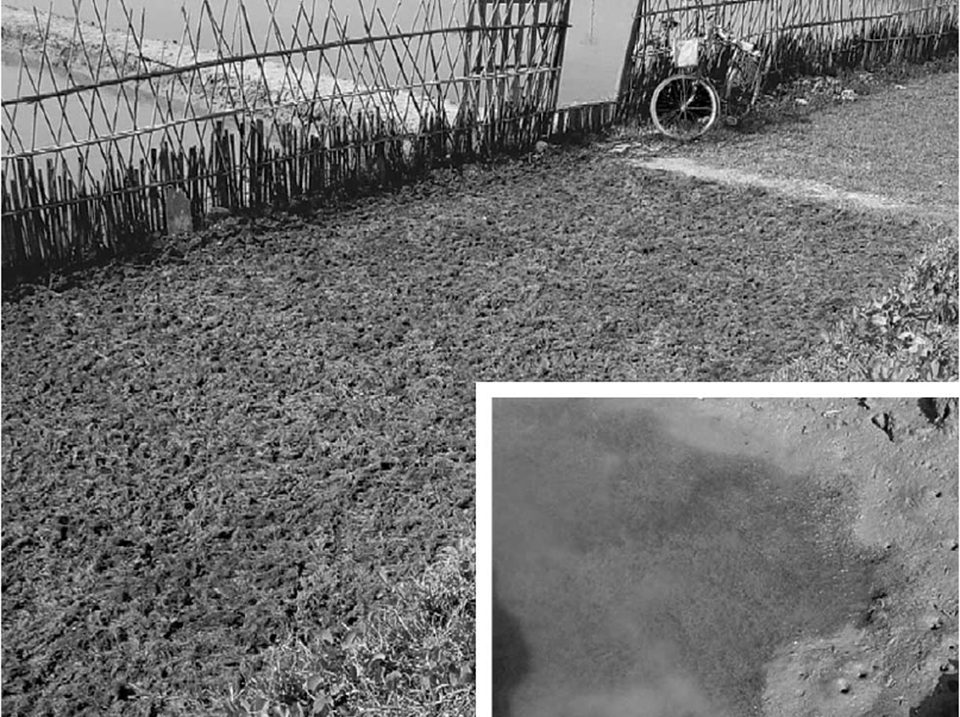
Conclusion
In order to increase profits from shrimp farming in Vietnam, one alternative is to intensify the single-crop system. However, the risk of disease outbreak is high, and the effluent discharge is also an environmental concern. Another approach is double-cropping, but the low temperatures during the northeast monsoon season are not suitable for culturing tiger shrimp and slow down the growth of greasyback shrimp.
Mud crab culture is an alternative for the northeast monsoon season. However, the main constraint for crab farming is the unreliable supply of wild seed. Crab hatcheries have been established, but breeding technology is not well developed. The increasing popularity of crab farming may lead to the overexploitation of wild crab seedstock, which could adversely affect natural crab production. Developing crab hatchery technology will ensure the stable supply of crab seed and also help conserve wild crab resources.
Although the quality and productivity of seaweed is fairly low, integrated seaweed culture generates additional income for farmers. Seaweed also helps reduce disease outbreaks and recycle nutrients in shrimp and crab wastes to mitigate environmental pollution.
(Editor’s Note: This article was originally published in the April 2004 print edition of the Global Aquaculture Advocate.)
Now that you've reached the end of the article ...
… please consider supporting GSA’s mission to advance responsible seafood practices through education, advocacy and third-party assurances. The Advocate aims to document the evolution of responsible seafood practices and share the expansive knowledge of our vast network of contributors.
By becoming a Global Seafood Alliance member, you’re ensuring that all of the pre-competitive work we do through member benefits, resources and events can continue. Individual membership costs just $50 a year.
Not a GSA member? Join us.
Authors
-
Dao Huy Giap, M.Sc.
Asian Institute of Technology
P.O. Box 4, Klong Luang
Pathumthani 12120, Thailand -
Yang Yi, Ph.D.
Asian Institute of Technology
P.O. Box 4, Klong Luang
Pathumthani 12120, Thailand -
Amararatne Yakupitiyage, Ph.D.
Asian Institute of Technology
P.O. Box 4, Klong Luang
Pathumthani 12120, Thailand
Tagged With
Related Posts

Responsibility
A look at various intensive shrimp farming systems in Asia
The impact of diseases led some Asian shrimp farming countries to develop biofloc and recirculation aquaculture system (RAS) production technologies. Treating incoming water for culture operations and wastewater treatment are biosecurity measures for disease prevention and control.
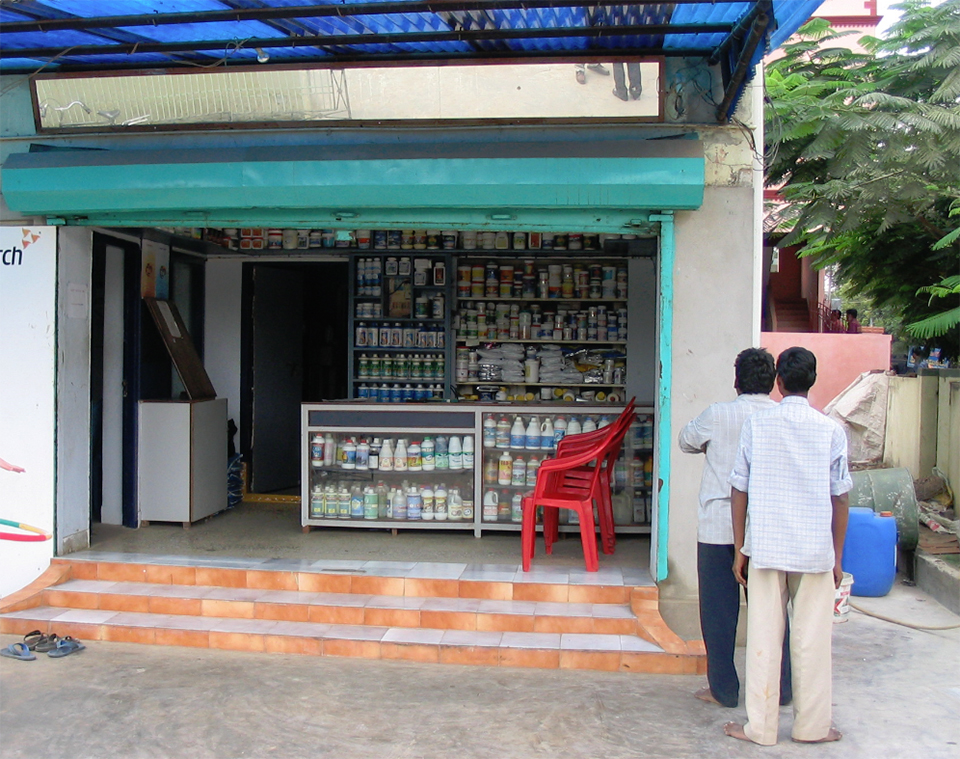
Responsibility
A review of water quality improvement products
Prof. Boyd examines products used by aquafarmers to improve water quality and conditions in their ponds and discusses their efficacy.
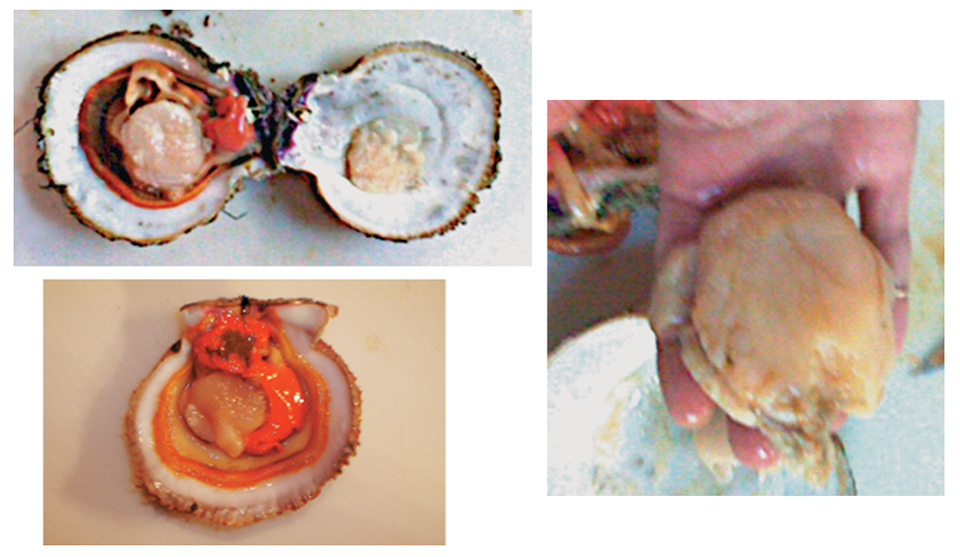
Health & Welfare
Alaska’s purple-hinge rock scallops considered for aquaculture development
Purple-hinge rock scallops are highly prized by local communities and harvested for subsistence in coastal Alaska. To evaluate the suitability of purple-hinge rock scallops for mariculture in Alaska, the authors conducted a four-year grow-out study.
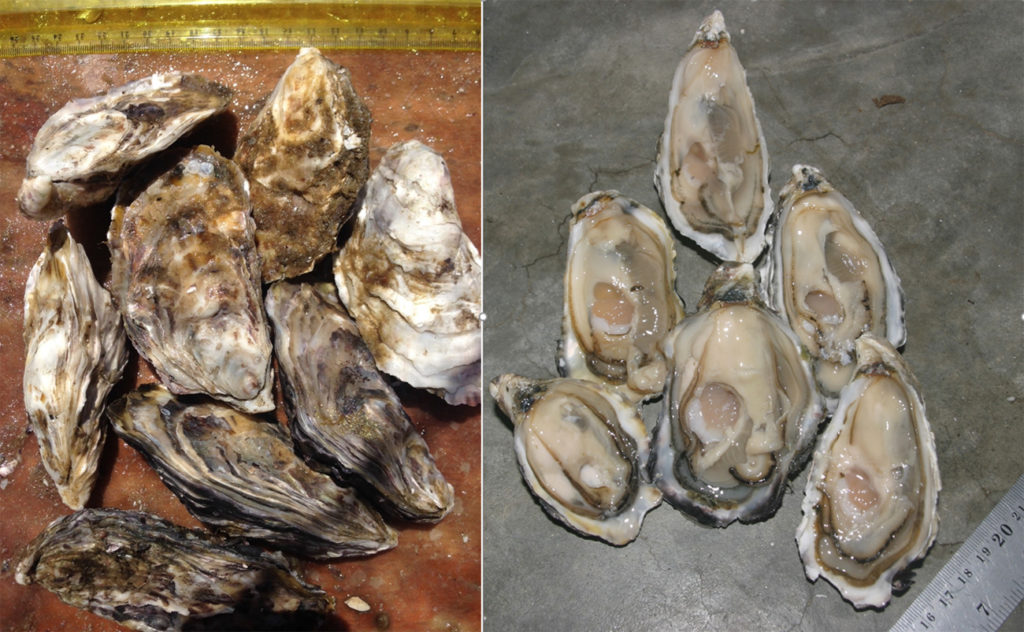
Intelligence
An emerging shellfish farming industry in Namibia
For shellfish farming in Namibia to continue expanding, industry must better comply with approved sanitation standards. The Namibian Shellfish Monitoring and Sanitation Program, currently in development, will help.



